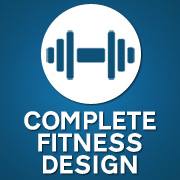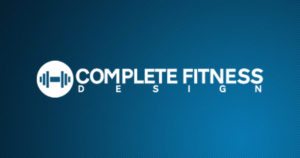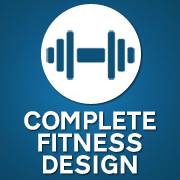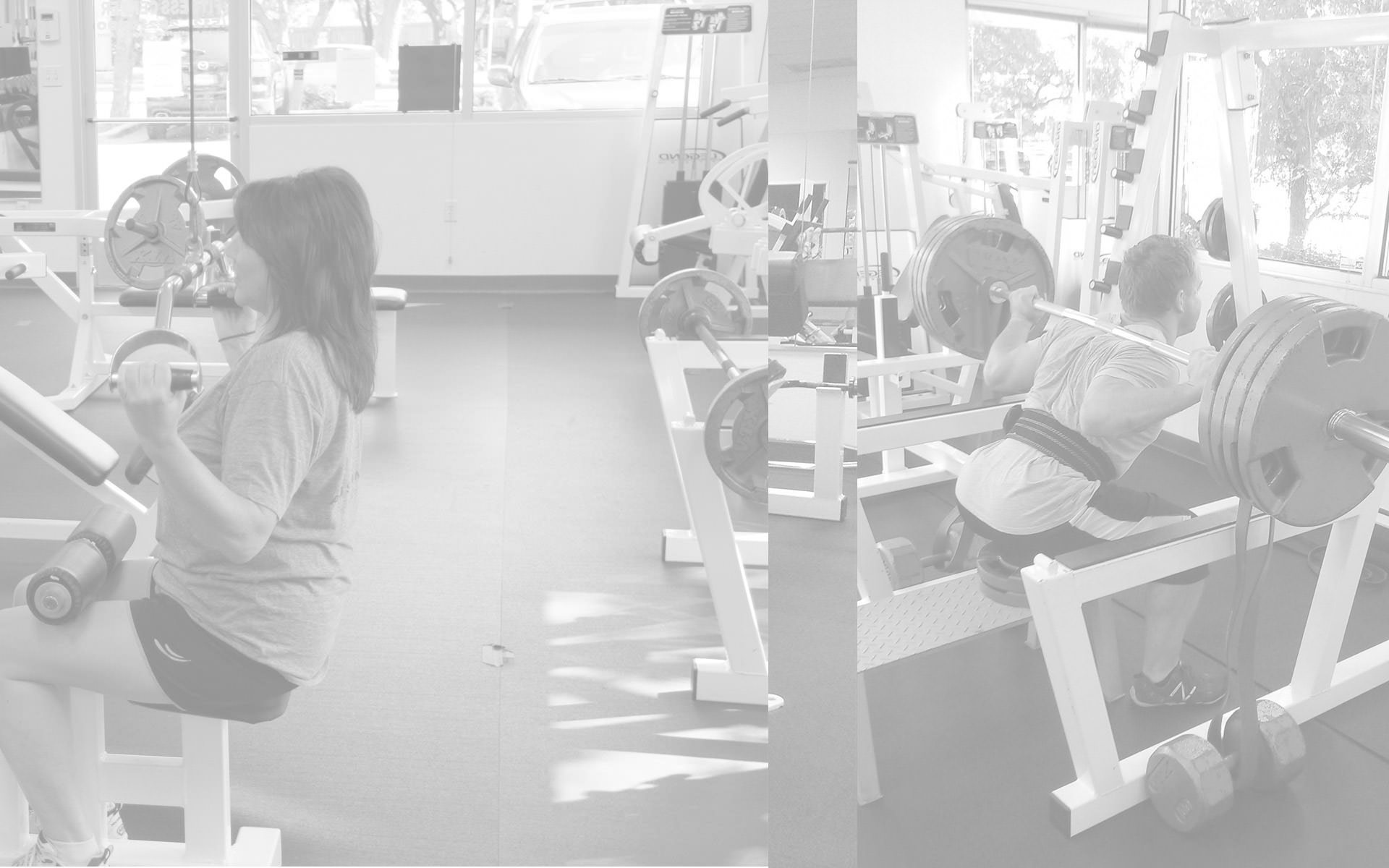Delayed Onset Muscle Soreness
One of the longest standing myths in the health and fitness world, is about delayed onset muscle soreness. As an Austin personal trainer of 20 years, I’ve seen and heard my fair share of misconceptions and misnomers surrounding the issue. For starters, most people have no idea what actually causes your muscles to potentially be sore following a workout, and secondly, even more people regard post workout soreness as the barometer of whether or not their workout was good.
Delayed onset muscle soreness is a phenomenon that’s encountered after we use our skeletal muscles in ways, including repetitions and poundages, that they are not accustomed to. For example, if someone was accustomed to routinely bench pressing 315 pounds for 8 rep sets, and instead dropped to 225 pounds and performed sets of 25 reps, they would find their pectorals rather sore in the following days. They would also, very likely, be more aware of their triceps.
What causes delayed onset muscle soreness? For a while there were a bunch of theories in circulation. One had to do with the lactic acid buildup from a workout that was said to be causing the pain. Others have speculated that the pain is caused from damaged muscle fibers that are in the process of repair, and that process, is what causes the discomfort we’ve all felt called delayed onset muscle soreness. Others even speculated that it was all about the range of motion incorporated within the repetitions that caused the subsequent discomfort.
The reality of the matter, is that delayed onset muscle soreness is caused by microscopic tears in the muscle tissue that occur when we exercise. When your tissue tears, there is going to be a residual inflammatory response, and so the discomfort that you feel in the following days post workout, is a combination of the muscle tears and the resulting inflammation within that muscle. The tears are very minor, as is the inflammation level, so therefore, it usually subsides in a matter of a day or so, with some more extreme cases lasting several days.
So all of this scientific information begs the obvious question: Does a lack of delayed onset muscle soreness serve as a validation that you need to amp up your workout? Yes and no. It simply means that you stayed within the parameters of what your muscles are accustomed to doing as far as their stretches and contractions. This is not indicative of someone just spinning their wheels, so to speak, but rather it’s indicative of a workout that has been well adapted to by the body.
Referencing the previously stated scenario of the bench presser reducing his poundage by 90 pounds to 225 pounds, but all the while increasing his repetitions by 17 to bring them up to 25, it’s safe to say that this man can expect to be quite sore as his body is simply not accustomed to doing chest presses in this manner. Another way to manipulate the confines of this lifter’s self imposed parameters would be to decrease the rest periods between sets. This isn’t to say that one approach is superior to another, lighter weights versus heavier weights, and lower repetitions versus a greater volume of repetitions, but rather, that all approaches should be consistently varied in order to stimulate the maximum amount of muscle fibers recruited and therefore, greater strength and hypertrophy gains.
Having sore muscles may make you feel like you did something and thus generate a feeling of accomplishment, but ultimately, the mirror, the number of reps and the loads lifted, as well as the fit of your clothes, are the greatest barometers of all as to whether or not your workouts are as effective as they need to be.
Ready to Get Started?

Andy

Latest posts by Andy (see all)
- Workout Motivation: How To Get Motivated To Work Out - March 9, 2022
- Body Fat Types: Subcutaneous and Visceral Fats - June 1, 2019
- Why Diets Work If You Stick With Them - April 1, 2019






